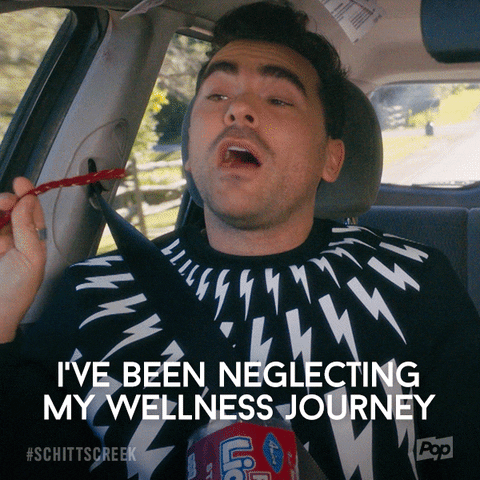
As we all know, Content is King in today’s consumer market. Content floods our senses via every outlet, overwhelming our limited attention as we try to navigate our lives. Every brand has content that helps potential customers learn about their products and services. Some are even bold enough to create content that entertains their audiences. The most compelling content delivers the best returns, yet there is one industry that is sorely missing out on the content revolution: Health care.
Beyond informational videos or educational blocks of text, truly competitive digital health and telehealth companies will deliver value through health entertainment.
As more and more health customers use their screens to access care, the better the opportunity becomes for digital health care companies to provide content for their users. I am most excited by the surging telemedicine market, with companies like Amwell teaming up with Cisco to deliver healthcare through TV, Comcast and Independence Blue Cross working together for at home care and monitoring, and of course the telehealth providers fighting for consumers’ attention in today’s crowded COVID-19 market.
Yet if everyone has access to care through their screens, how will health consumers make their telehealth choices?
Would it be based on price? Convenience? Privacy?
Yes, these will all be determining factors, but I bet in the long haul the telehealth services who cater to our content hungry population will find the greatest ROI from their customers
Just like everyone has a screen (be it stationary, mobile etc.), the engagement is dependent on the content, not the hardware.
But what makes health content compelling? How can telehealth health companies captivate consumers while also delivering health value?
Health Entertainment
What’s the difference between an informative video on diabetes management versus an entertaining video that features a compelling character navigating diabetes?
Narrative.
In particular, character-driven narrative. While much of today’s health content distills health information into sterile blocks of texts or tedious monologues, true health entertainment uses character-driven narrative to contextualize information and engage the viewer in the story-as an observer, participant or even creator.
Character driven narrative is a story that follows the experiences of the protagonist. The Hero’s Journey is one of the most recognizable character- driven narrative structures and I find it particularly effective in health entertainment.
Health Entertainment uses character-driven narrative to reframe the health care experience as one of empowerment and agency. By re-centering the health journey to focus on the patient’s individual desires and needs, health entertainment is able to make health behaviors and interventions relatable and compelling. Patients are invited to be a part of the health care story, rather than passive bystanders.
The Telehealth Entertainment Opportunity
Health entertainment is coming to telehealth providers. We see this already in digital mental health and physical fitness companies such as Calm, Gaia, Fitbit and Mirror — all using forms of character driven narrative to engage customers in health exercises, while following similar subscription-based models such as Netflix. While mental and physical wellness may be easier to engage with through a screen than more acute health issues, the swell of telehealth providers treating common ailments and managing disease will provide a unique touch point for patients to better engage with their health beyond meditation and cardio.
To truly leverage healthcare delivery through our screens, telehealth companies will need to deliver health entertainment that complements their virtual care. And potentially beyond complementary content, health entertainment could directly improve health outcomes and allow the continuation of care beyond the screen.
Just as television distribution has evolved from broadcast/cable to OTT , telehealth has the chance to join the content revolution and use health entertainment to deliver value that redefines the healthcare experience. I call this Over The Top Telehealth™ or O3T: an internet based service that provides health care through our screens that is engaging and enduring — a healthcare experience suited for today’s Zoomers and Boomers who crave entertainment just as much as value based care.
But What Does This Look Like?
Imagine you’re having a telemedicine appointment with your doctor to discuss your asthma. After the 10-minute consultation, you have the option to watch a 2 minute video. It features your favorite character from one of those shows you’re always binge watching, let’s say David Rose from Schitt’s Creek. Over the course of 2 minutes, you watch a quick story unfold of David learning how to use an inhaler, his sister Alexis refusing to assist him, and finally David successfully using the inhaler after a series of unfortunate false starts.

With a little bit of humor and character driven narrative, you’ve seen how to use an inhaler in a more compelling context through your trusty screen. You’ve received both health and entertainment value over the course of 2 minutes. You now look forward to using the telehealth platform again if it means you will get more exclusive content featuring your favorite characters.
And for the telehealth provider, you just spent 2 more minutes on that platform and their health experience stands out in the crowded field.
Content will continue to dominate our lives and the smartest digital health and telehealth companies will recognize the opportunity to be a part of our content driven society and make their mark in health entertainment.
